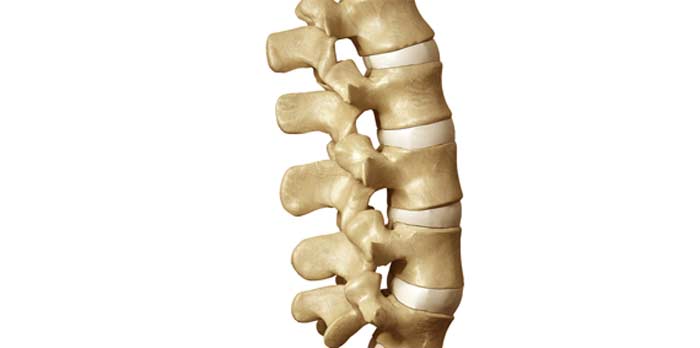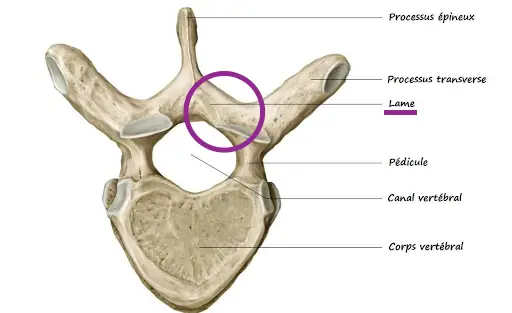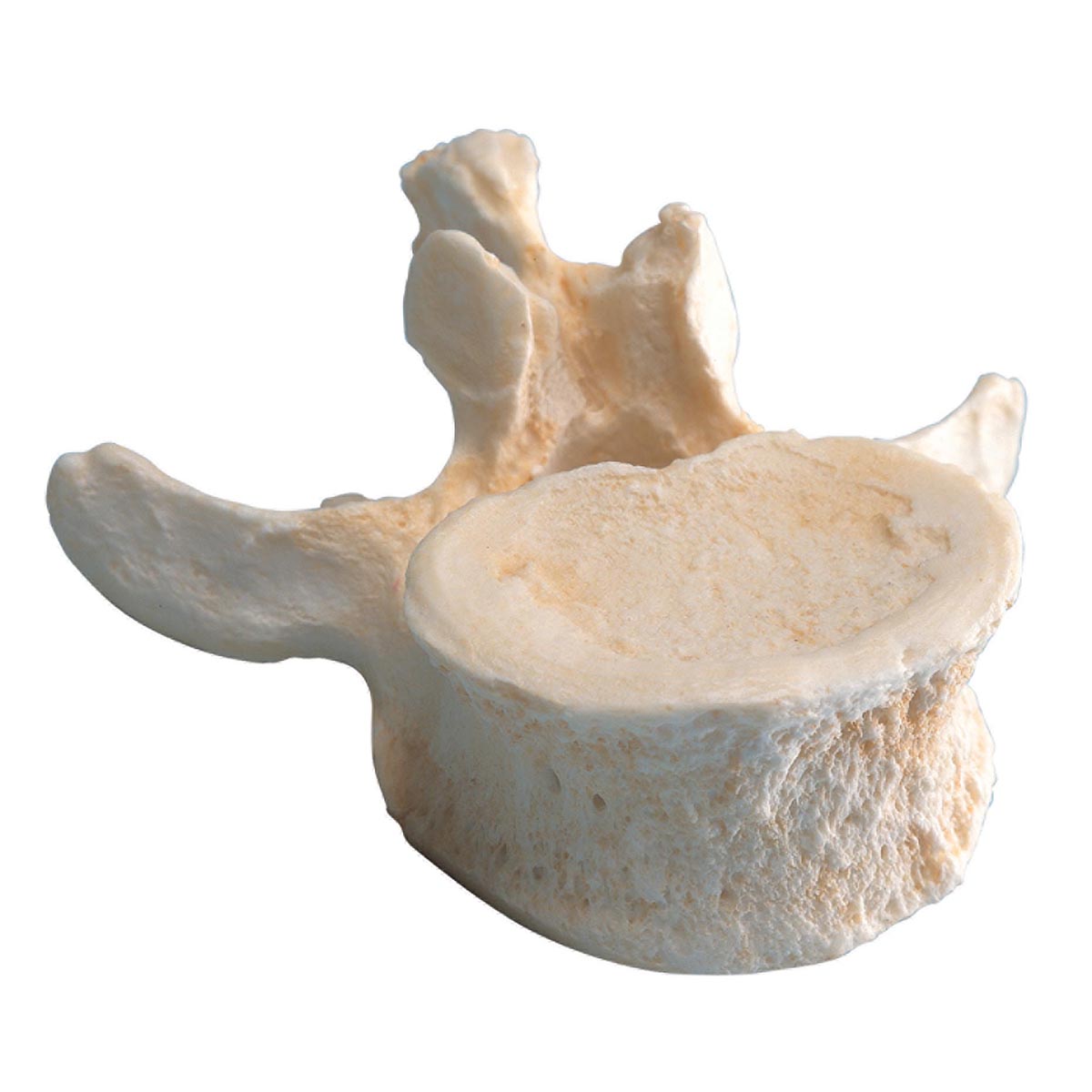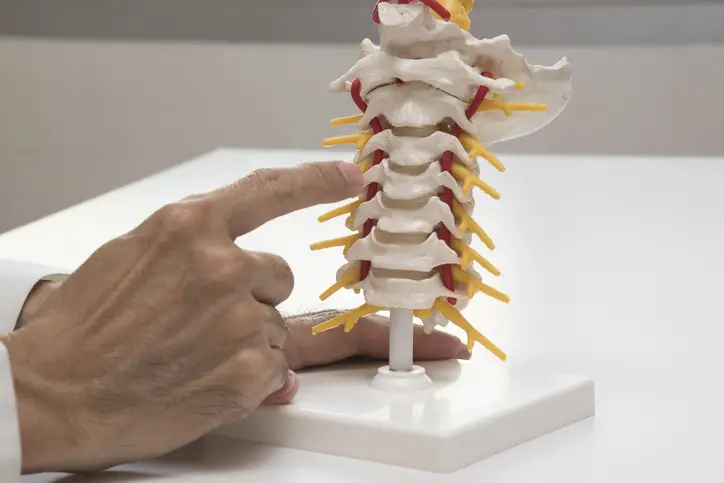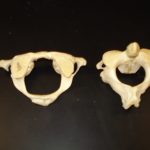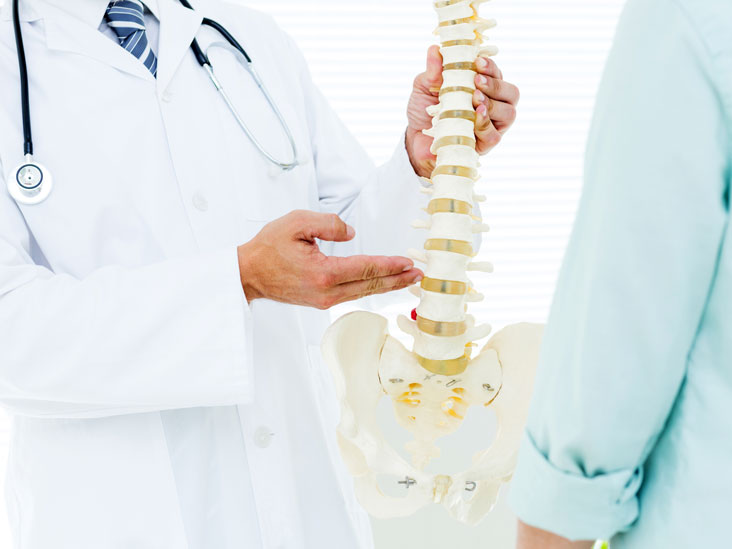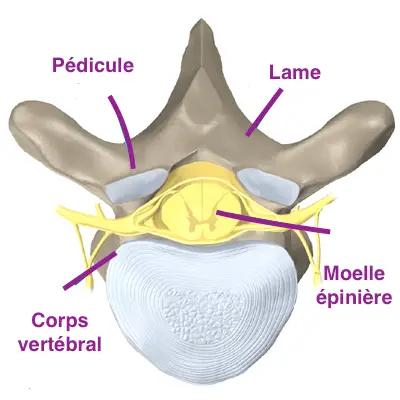Article reviewed and approved by Dr. Ibtissama Boukas, physician specializing in family medicine
What is the transverse process? This article explains everything you need to know about this component of the spine
Definition and anatomy
Before discussing the transverse process, it is worth briefly explaining the anatomy of the spine, and vertebrae that compose it.
The vertebral column is made up of the juxtaposition of bones called vertebrae. Also called rachis, it is separated as follows:
- 7 cervical vertebrae
- 12 thoracic (or dorsal) vertebrae
- 5 lumbar vertebrae
- 5 sacral vertebrae (forming the sacrum)
- 4 coccygeal vertebrae (fused)
Here is a visual diagram of the spine:
In general, each vertebrate is composed of a vertebral body in its front part, and of a posterior arc at the back formed by the pedicles and the spinal blades.
The transverse process is a small bony protrusion located on the right and left sides of each vertebra. They serve as the point of attachment for the muscles and ligaments of the spine, as well as the point of articulation of the ribs (in the dorsal column, between D1 and D12).
The muscles that attach to the transverse processes maintain the straight posture of the trunk. Individually, a transverse process causes rotation and lateral tilt on the same side.
The psoas muscle, often implicated in back pain, attaches to the spinous processes the last dorsal vertebra (D12) and the lumbar vertebrae.
Like the spinous processes, the exact direction that the transverse processes take varies greatly from one region of the spine to another.
One of the particularities of the transverse processes at the cervical level (from C1 to C7) is that they have a transverse foramen on each side of the vertebrae. This foramen (or hole) serves as a passage to thevertebral artery which rises to the brain. This provides essential protection to this vital artery.
Pathologies related to the transverse process
- Fracture of the transverse process (traumatic or by avulsion via a violent contraction of the psoas muscle)

